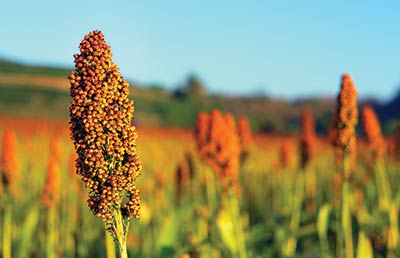Is it Net or Gross?

I am actually going to start off this blog post with a promotion for CLA’s Farm Tax Network (FTN). This is an email based subscription service that provides key white papers on various subjects related to farm taxation. It is much more detailed than what this blog can do and with the emails and comments that we continue to get regarding Section 199A; I want to make sure to offer this service to anyone that either prepares farm income tax returns or wants a deeper understanding of farm taxes. The annual cost is fairly nominal and we try to provide at least 10 or more detailed releases annually.
Click this link to access the sign-up for FTN.
Now for the post.
Farmers who sell their farm commodity to a cooperative have a “potential” adjustment to the final Section 199A 20% deduction. I think by now most everyone knows that this adjustment is the lesser of:
- 9% of QBI related to cooperative receipts, or
- 50% of wages related to this same income.
However, the interesting quirk is when a farmer has other businesses that produces losses. The regulations indicate that these losses are netted against positive QBI on a pro-rata basis. If we are not careful in how we calculate QBI subject to the 9% adjustment, we can actually end of with a “negative” QBI deduction which is not allowed. Therefore, it is important that you adjust “cooperative” QBI to a net number before you perform the 9% calculation. Let’s look at an example:
Tom has a Schedule F farm that nets $150,000 during the year all from cooperative receipts. 9% of this number is $13,500 (this is 9% based on “gross” and 50% of wages is much higher). He also has a Schedule C business that loses $100,000 during the year. Net QBI is $50,000. Our gross Section 199A deduction is $10,000 (20% times $50,000). If we subtract $13,500 from this number we get a negative $3,500 QBI deduction. However, the appropriate method is to reduce cooperative farm QBI to $50,000 (after the $100,000 loss is allocated to it) and then multiply by 9%. This equals $4,500, therefore, the final QBI deduction is $5,500 (plus any DPAD from the cooperative).
We are fairly certain this is the correct way to calculate this, but as usual we have absolutely no guidance on this from the IRS. If we get some guidance, we will provide an update.
Paul Neiffer is a certified public accountant and business advisor specializing in income taxation, accounting services, and succession planning for farmers and agribusiness processors. Paul is a principal with CliftonLarsonAllen in Walla Walla, Washington, as well as a regular speaker at national conferences and contributor at agweb.com. Raised on a farm in central Washington, he has been immersed in the ag industry his entire life, including the last 30 years professionally. Paul and his wife purchase an 180 acre ranch in 2016 and enjoy keeping it full of animals.

I agree 100% on the CLA Farm Tax Network subscription recommendation. I have been a subscriber for a long time and the detailed farm specific emails have helped me better serve my farm customers. I highly value the service.